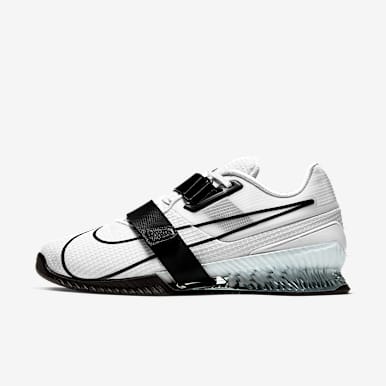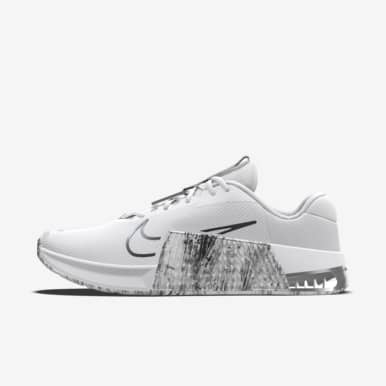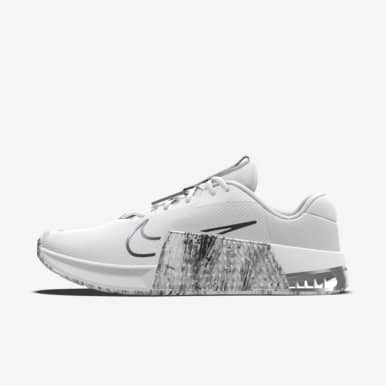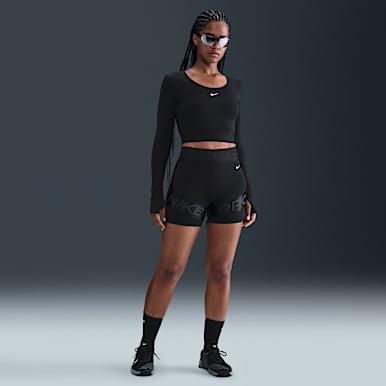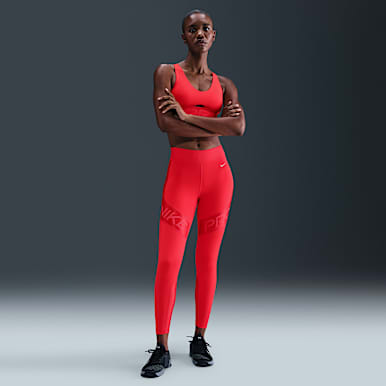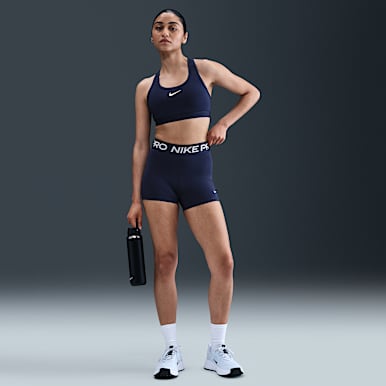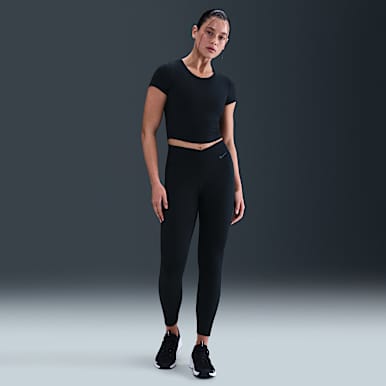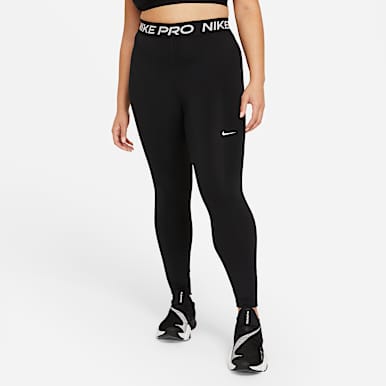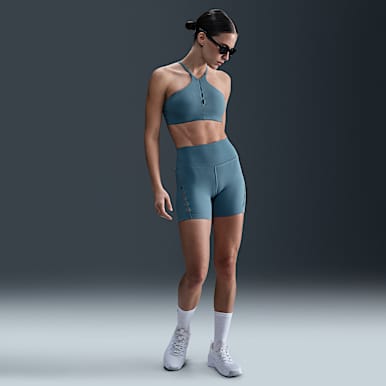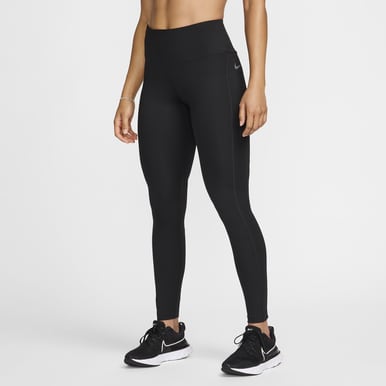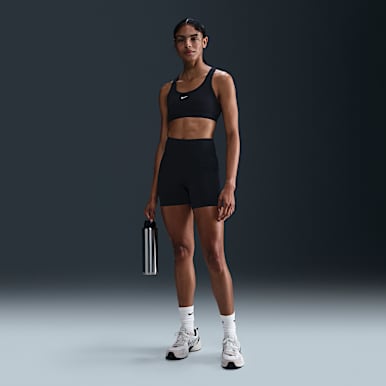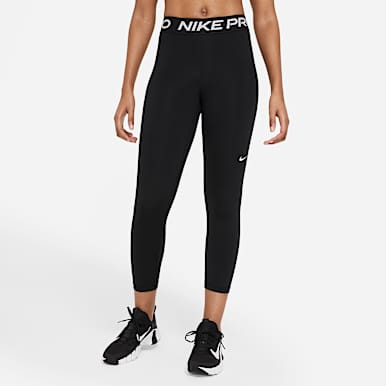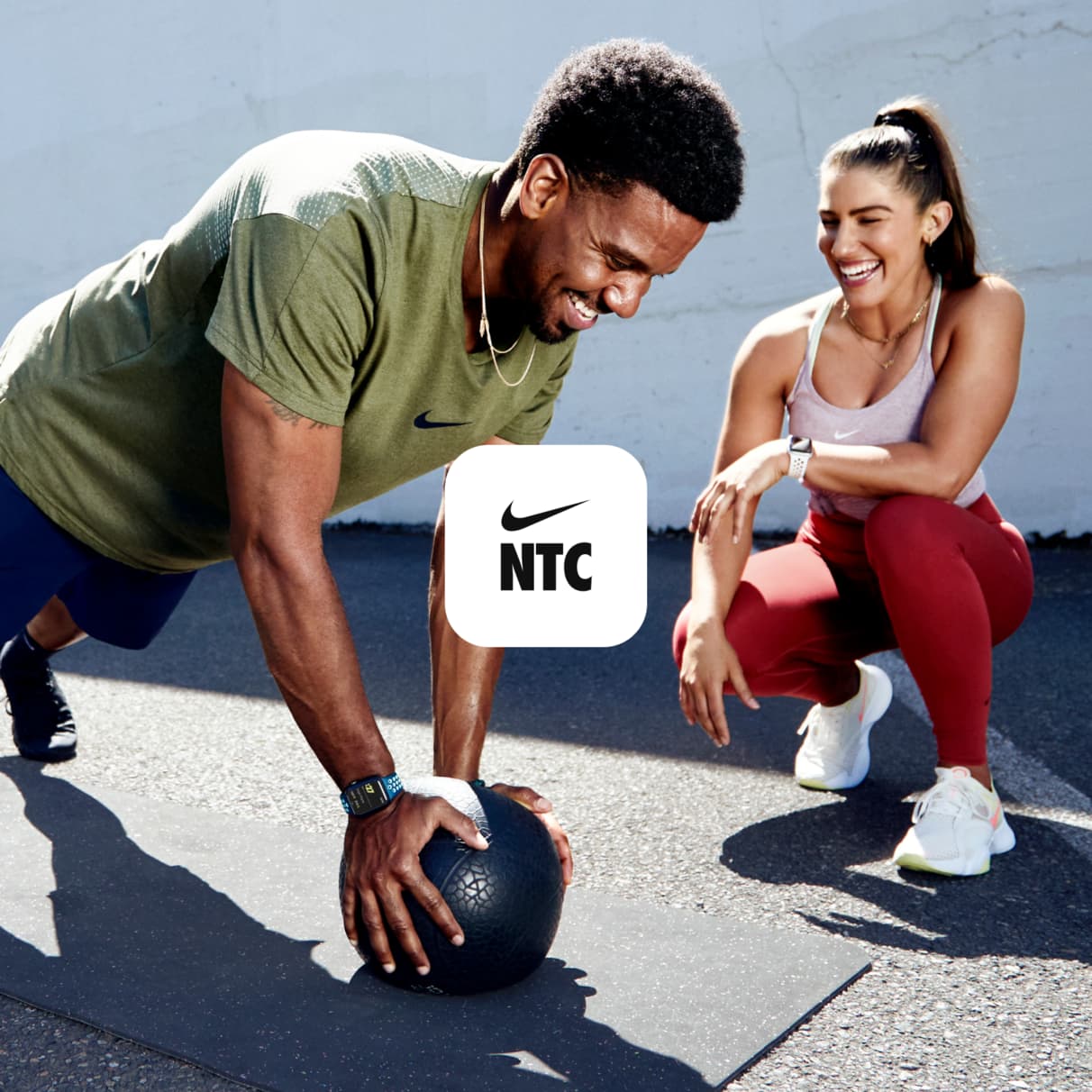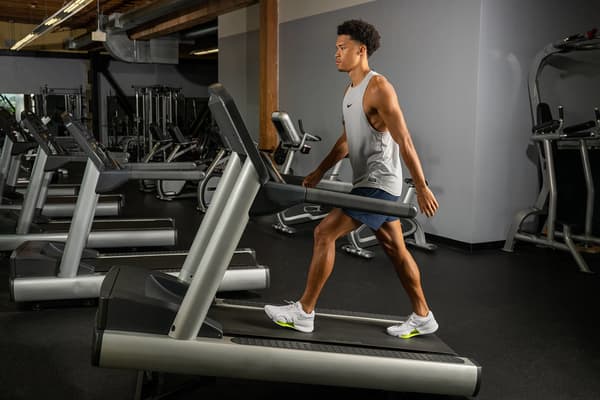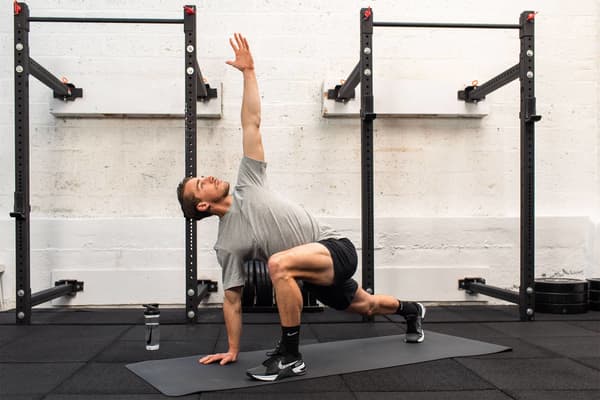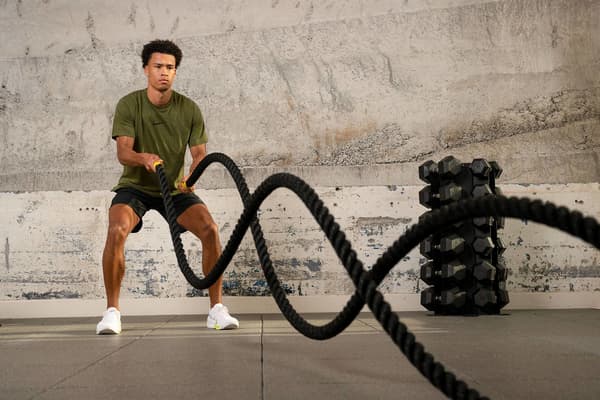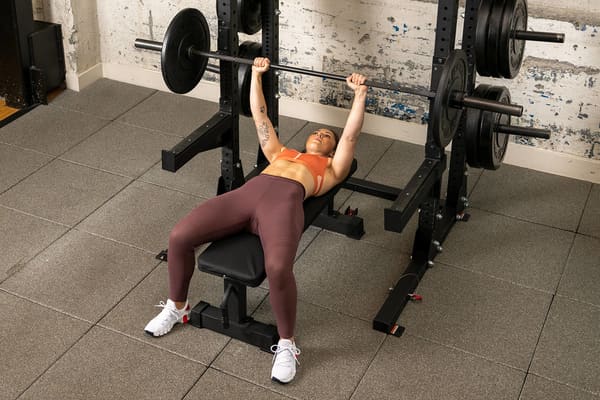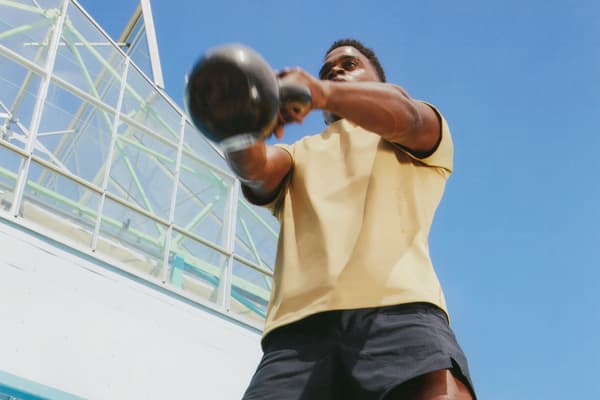How to Master the Power Clean: 4 Steps for Beginners
Sport & Activity
An expert offers a step-by-step guide on how to execute proper form of the explosive Olympic weightlifting exercise.

Power cleans—wherein an athlete hoists a loaded barbell from the floor to their shoulders—might seem like a seamless, continuous movement. But within that lift is a multitude of small, impactful muscle activations and movements. Athletes will train for months—even years—to get it right, as the power clean is a foundational exercise for the clean and jerk, an official move in Olympic weightlifting competitions, said Megan Daley, a CrossFit Level 1 Trainer.
Even if you're not a competitive athlete, Daley said that power cleans offer a wealth of benefits. "[The power clean] trains power output, which is incredibly important for anything where we initiate movement quickly", she said. "This could be vertical jumping and explosiveness for an athlete, and it could also be being able to get off the sofa quickly or running around with your kids".
Power output, or power training, is a type of training that uses explosive movements to build muscle strength and improve rapid speed, agility and swiftness. A 2008 study from the Journal of Strength and Conditioning found that incorporating power cleans into a strength-training routine could improve a person's jump height, sprint speed and other explosive movements. The most notable improvements came after 14 to 15 weeks of consecutive training.
(Related: How to Get Faster at Sprinting, According to Experts)
Below, learn how to do a power clean, learn how the muscles move and learn the benefits of incorporating the exercise into a strength routine, according to Daley.
How to Do a Power Clean: The 4 Phases
Beginners should execute power cleans with a smaller load (consider a 5 to 7 rate of perceived exertion, on a 1 to 10 scale), an unloaded barbell (which weighs 16 to 20kg alone) or a long PVC pipe to start, Daley said.
1.Starting Position
- With feet hip-width apart, stand as close to a barbell (that is on the ground) as possible. The bar should hover (roughly) above the arches of the foot. Legs can lightly touch the bar. Point toes slightly outwards. (The stance should mimic the starting position for a squat.)
- With palms facing inwards and arms straight, reach down to grab the bar. The thumbs should be roughly a thumb-width away from the outsides of the legs.
- Gripping the bar tightly, hinge the hips to move into half-squat, so the upper legs are slightly higher than parallel to the floor. Slightly tilt up the chest (if there was a logo on the chest of your top, imagine showing it off). Keep shoulders in line with the hips, back flat and core braced. From a side view, there will be a triangular space between the arms, thighs and core.
- Continuing to hold this position, distribute the weight evenly through each foot. Straighten the back (imagine squeezing the armpits like someone's trying to tickle them) while continuing to brace the core. This is the same starting position as the deadlift.
(Related: Deadlift Benefits: What You Need to Know about This Strength-Building Exercise)
2.The First Pull
- Keeping arms straight and grip tight, plant the feet into the ground with force (imagine each toe playing a role) while starting to ascend from the half-squat, using the lower half of the body to drive the movement. Ensure the hips and shoulders rise at the same rate. In other words, the angle of the back should not change on the ascent.
- Keep lifting the bar until it is just above the knee. Do not lift the bar any higher yet.
3.The Second Pull to Triple Extension
- Explosively thrust the hips forwards to "scoop" the bar onto the upper thighs as the chest becomes upright. Keep a slight bend in the knees with feet flat.
- Keeping the momentum as high as possible, push weight into both feet into triple extension, or when the hips and knees are fully extended. It's normal to reflexively end up on the toes in this position from forcefully pushing into the ground so hard.
4.The Third Pull (or "Catch" Phase)
- As the bar begins to reach the upper chest, quickly pull the torso beneath the bar, push out the elbows beneath the bar and flip the wrists so the palms face upwards. The grip on the bar will inevitably loosen in order to accommodate the change in wrist and elbow position.
- As the elbows swing beneath the bar, sink into a slight squat, or as much of a squat as is required to meet the bar on its descent. The bar should rest on the front of the shoulders, palms facing upwards and front of the wrists facing forwards.
- Keep the elbows high and rise to a fully standing position. Pause, then flip wrists back forwards and hinge at the waist to lower the bar to the floor.
Power Clean: Muscles Worked and Exercises That Can Build Explosiveness and Strength
The power clean is a compound movement, which means that multiple muscle groups are fired up at once during its execution.
"The power clean is a full-body workout", said Daley, who noted that the power clean muscles are the glutes, core (including lower back), quadriceps, hamstrings, adductors, shoulders and forearms.
Although it's not entirely necessary for athletes to master other less complicated moves prior to attempting a power clean, there are a handful of exercises that Daley said can help build strength in the muscle areas listed above:
- Deadlift: The deadlift is the base for all power cleans. Proper execution of a deadlift can help lead to stronger, more stable power cleans.
- High pulls: To better perform the second half of a power clean, high pulls are key, Daley said. That's because, like a power clean, the barbell is transferred from the hips to the shoulders, using the glutes and hips to drive momentum. High pulls can help to boost strength in the second and third pulls.
- Kettlebell swings: Like a power clean, a kettlebell swing relies on gravity, momentum and force to drive the movement. They also engage similar muscles to a power clean, including the glutes, hamstrings, core and shoulders.
Front squats: In addition to building strength in the quadriceps, glutes and hamstrings, front squats (where the barbell is positioned in front of the shoulders as opposed to the back like in traditional squats) can help athletes get comfortable with handling a barbell in front of their body, just as they would in a power clean.
5 Common Power Clean Mistakes
As the power clean is a complicated, multi-step move, it's important to execute each part of the lift with accuracy. Here are a few errors that Daley often sees beginners make:
- Hips too high or low in the starting phase deadlift. "This can cause the bar path to veer off", Daley said, which can thwart lifters from gaining enough momentum to hoist the bar up.
- Prematurely pulling the elbows. Daley explained that novice power cleaners will often pull the elbows back and forwards in the second pull, rather than the third pull. This will reduce the chance for lifters to gain enough momentum to hoist the bar to their shoulders.
- Waiting too long to pull the elbows. Conversely, if an exerciser waits too long to bring the elbows beneath them to hoist the barbell to their shoulders on the third pull, it's common to accidentally lose control of the bar or dump the bar forwards.
- Not keeping the barbell close enough to the body. The barbell should glide up the shins, thighs and torso. Veering off that path can cause a lifter to be unable to harness momentum to lift the bar, or worse, put too much strain on the back and shoulders (and result in injury).
- Not distributing the weight evenly throughout the foot. This can cause a lifter to lose balance or be unable to generate enough force and momentum to lift the bar.
Words by Julia Sullivan, ACE-certified personal trainer
